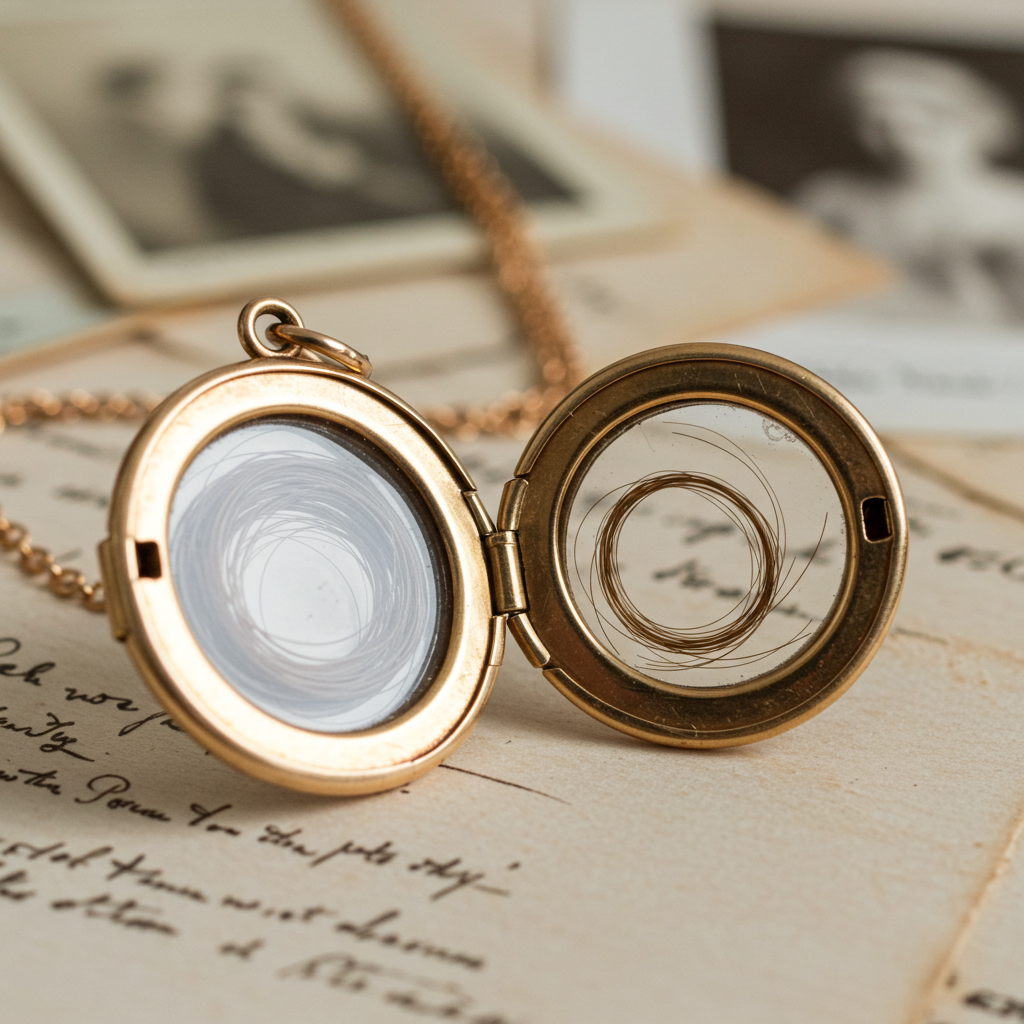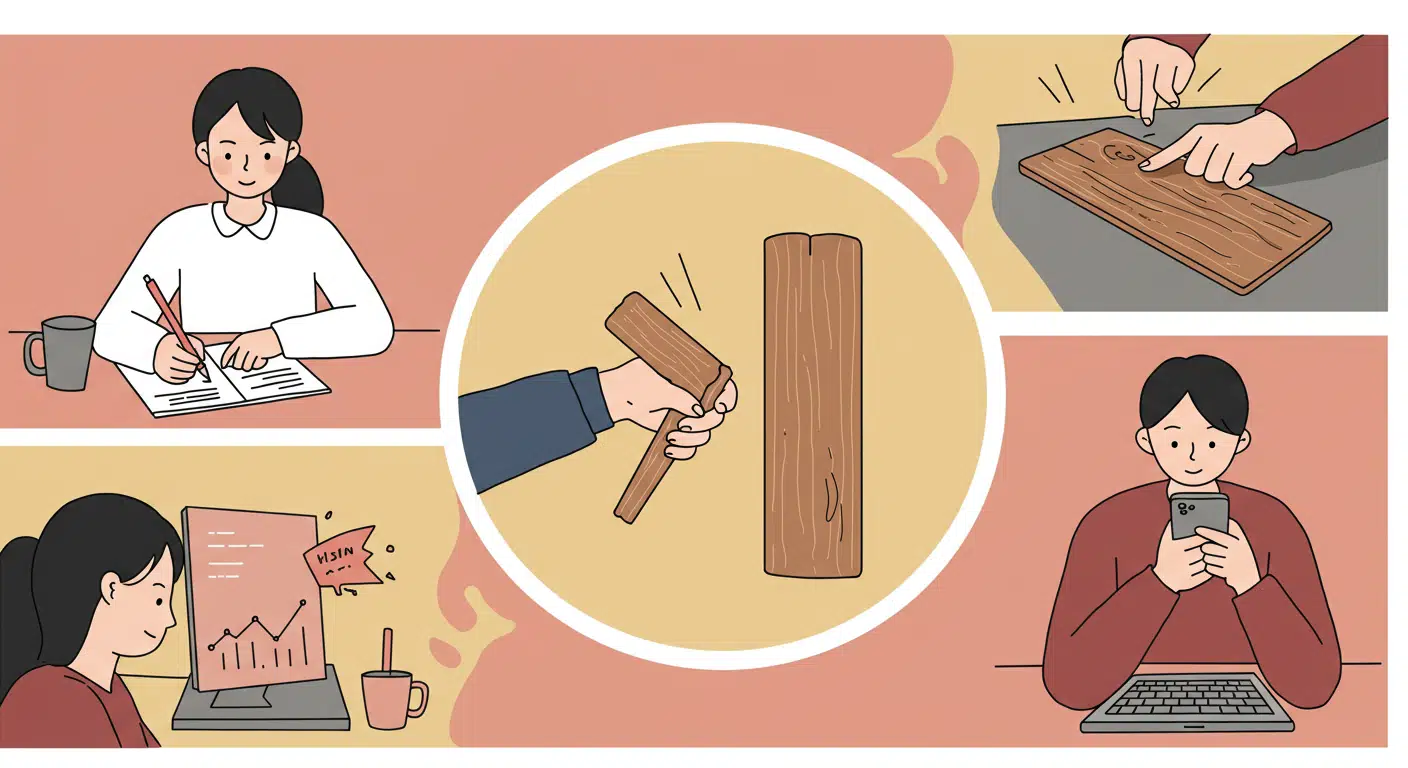According to Western European tradition—particularly Victorian-era beliefs—securing a small cutting of a loved one’s hair within a specially designed locket or pendant creates a protective talisman that ensures the bearer’s safety, emotional stability, and continued connection to the hair donor. This personal talisman supposedly works through sympathetic magic principles, creating a tangible physical link between two individuals that transcends physical separation and even death. The protection supposedly intensifies when the hair comes from particularly close relationships (spouses, parents, children) or from individuals possessing admirable qualities the wearer hopes to manifest.

A baby’s future career or fate is predicted by the first object they select during a ceremonial setup.
In several Asian and Eastern European cultures, a traditional ceremony is held for babies usually around their first birthday. Known


